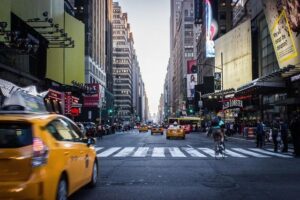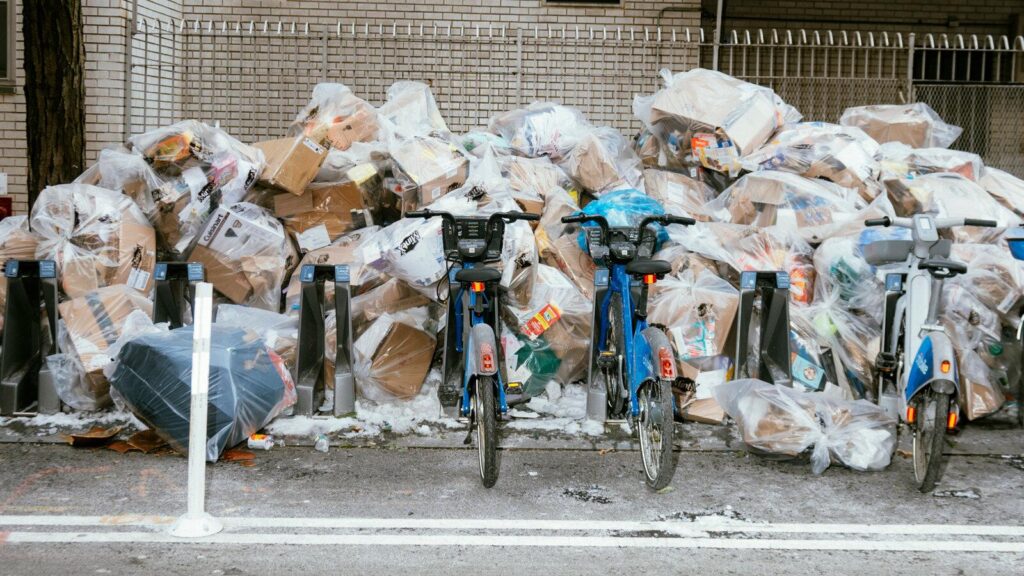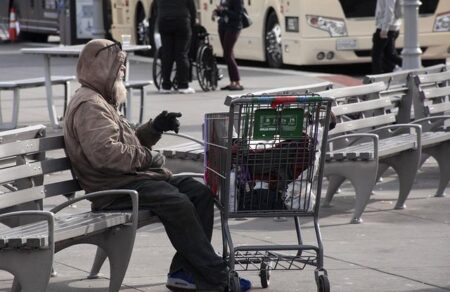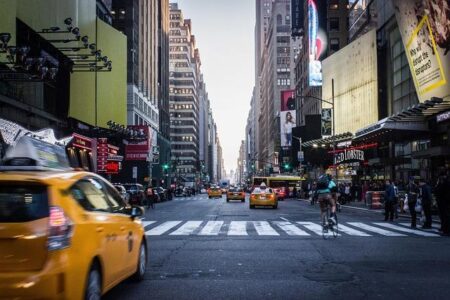New York City’s Escalating Waste Challenge: A Call for Unified Action
Understanding the Growing Waste Management Crisis in New York
New York City, celebrated worldwide for its dynamic culture and iconic skyline, is currently grappling with a severe waste management dilemma that threatens the cleanliness and livability of its neighborhoods. The sight of overflowing garbage bins and scattered litter has become an all-too-common scene, signaling deeper systemic issues such as aging waste infrastructure, fragmented recycling efforts, and inadequate funding. Addressing this crisis demands visionary leadership and innovative solutions to halt the increasing accumulation of refuse and restore the city’s urban vitality.
Primary obstacles fueling New York’s waste predicament include:
- Rapidly diminishing landfill space leading to soaring disposal expenses
- Uneven recycling participation and standards across boroughs
- Low public engagement in sustainable waste practices
- Obsolete waste processing facilities struggling to meet current demands
| Initiative | Projected Benefit | Implementation Period |
|---|---|---|
| Scaling up organic waste composting programs | Decreases landfill input by approximately 20% | Within 12 months |
| Launching a citywide recycling awareness campaign | Increases recycling rates by 15% | 6 months |
| Modernizing waste transfer stations | Enhances operational efficiency and reduces costs | 18 months |
Consequences of Waste Accumulation on Urban Health and Ecology
The unchecked buildup of garbage in New York’s urban environment extends far beyond visual pollution. Accumulated waste fosters ideal breeding grounds for rodents and insects, escalating public health risks by facilitating the transmission of diseases such as leptospirosis and hantavirus. Additionally, organic waste decomposition in landfills emits methane, a greenhouse gas with a global warming potential over 25 times that of carbon dioxide, exacerbating climate change. The pervasive presence of plastics and other debris clogs storm drains, intensifying flood risks and endangering aquatic habitats in nearby waterways.
Combating these multifaceted issues requires a comprehensive strategy encompassing policy reform, community involvement, and technological advancements. Key focus areas include:
- Strengthening recycling infrastructure to alleviate landfill pressure and reclaim valuable materials
- Raising public consciousness to promote responsible waste disposal and reduction
- Investing in waste-to-energy technologies to convert refuse into renewable power, minimizing landfill dependency
- Enforcing stricter regulations to deter illegal dumping and ensure compliance
| Issue | Urban Impact | Environmental Repercussion |
|---|---|---|
| Rodent and Pest Proliferation | Elevated public health threats | Increased zoonotic disease transmission |
| Plastic Waste Accumulation | Degraded city aesthetics and blocked drainage systems | Damage to marine biodiversity |
| Greenhouse Gas Emissions | Acceleration of urban heat island effects | Contribution to global climate change |
Empowering Communities: Grassroots Movements Leading the Way
Across New York’s diverse boroughs, local organizations and residents are mobilizing to reclaim their neighborhoods from waste. Initiatives such as community-led street cleanups and environmental education workshops are not only clearing litter but also cultivating a sense of stewardship and pride among participants. These grassroots efforts highlight the power of collective action in fostering sustainable urban environments.
Successful collaborations between citizens, businesses, and municipal agencies have birthed innovative programs including:
- Adopt-a-Block programs empowering groups to maintain cleanliness in designated areas regularly
- Eco-friendly markets that encourage zero-waste lifestyles through sustainable product offerings
- Recycled-material public art projects transforming discarded items into inspiring community landmarks
| Program | Outcomes | Engagement |
|---|---|---|
| Block Ambassador Initiative | Achieved a 40% reduction in neighborhood litter | Over 250 volunteers |
| Recycling Awareness Roadshows | Reached 10,000+ residents | Multiple NGOs |
| Community Composting Centers | Diverted 5 tons of organic waste | Active in 5 neighborhoods |
Strategic Policy Directions for Long-Term Waste Sustainability
To effectively confront New York’s escalating waste dilemma, policymakers must enact comprehensive regulations that emphasize waste minimization at the source. Instituting mandatory recycling and composting requirements for both residential and commercial sectors, paired with incentive programs, can substantially reduce landfill contributions. Additionally, stringent enforcement measures with penalties for illegal dumping are essential to uphold compliance citywide.
Modernizing waste management infrastructure is equally vital. Expanding access to advanced sorting and processing facilities will enhance material recovery rates and reduce operational expenses. Public-private partnerships can facilitate the deployment of smart waste receptacles equipped with sensors to monitor fill levels, enabling optimized collection schedules that lower emissions and costs. The following matrix outlines key policy priorities and their anticipated impacts:
| Policy Focus | Proposed Action | Expected Result |
|---|---|---|
| Legislation | Enforce mandatory recycling and composting laws | Reduce landfill waste by 30% |
| Regulatory Enforcement | Impose fines for illegal dumping | Lower street litter by 40% |
| Infrastructure Development | Upgrade sorting and processing centers | Increase material recovery by 25% |
| Technological Innovation | Implement sensor-equipped smart bins | Improve collection efficiency by 20% |
Final Thoughts: A Collective Path Forward for a Cleaner New York
As New York City confronts the mounting pressures of urban waste, the imperative to “Clean Up New York” resonates more strongly than ever. Overcoming this challenge requires a unified approach that blends effective policy, technological innovation, and active community participation. By fostering collaboration among residents, businesses, and government entities, the city can reclaim its public spaces from the scourge of litter and pollution. The future of New York’s streets depends on decisive, sustained action—now is the moment to embrace this shared responsibility and build a healthier, more sustainable metropolis for generations to come.













